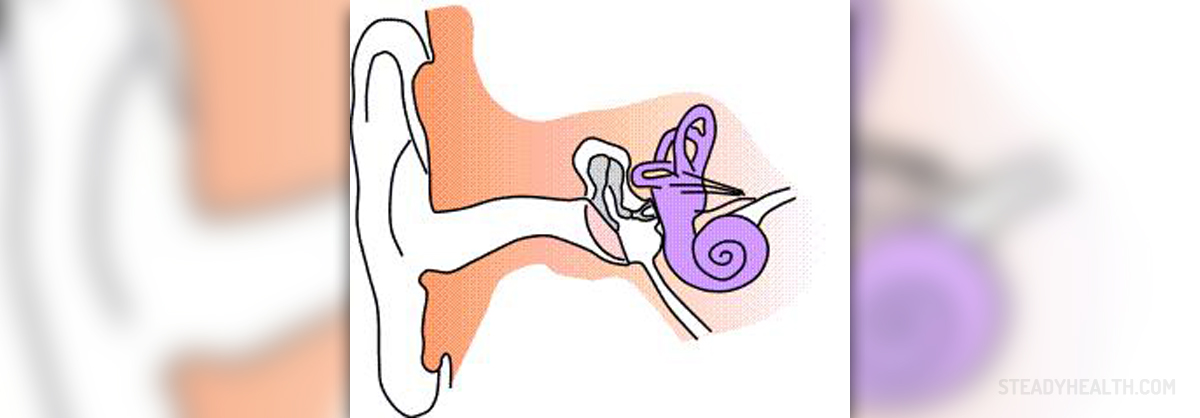
Earwax is a natural product of the human body that plays an important role for healthy ears, but sometimes it can also cause a problem or two. One of those problems, that however is not very common, is partial or total loss of hearing or deafness.
About earwax
Earwax is an oily or waxy substance secreted from the glands at the entrance of the ear. It also contains dead skin cells that shed normally from the skin of the ear. Its main purpose is to lubricate the ear and to protect it from damage and infection by trapping foreign particles, dirt, dust, bacteria and others.
The amount of earwax in a person’s ear depends on a number of factors, from age, diet, lifestyle, health, the amount of noise they are exposed to every day, skin type and anatomy of the ear canal.
Some people simply have more earwax than others. It may depend on their genetics, on their skin type (for example, people with oily skin tend to produce more earwax) and on other factors mentioned above.
Most doctors insist that earwax should not be removed, because the removal can actually cause several ear problems. However, if there is too much wax, it may start protruding from the canal and become visible, contributing to a generally untidy look. In that case, the earwax should be removed following certain guidelines and steps.
Earwax sometimes builds up and becomes impacted, dry and hard to remove. In that case, it may cause pain, itching and even partial or total loss of hearing. Deafness due to earwax is rare and it only happens if the earwax is collected in the ear to an extreme point. Fortunately, deafness due to too much earwax is usually a temporary problem and the hearing goes back to normal once the excess earwax is removed.
Removing earwax
In case earwax causes serous hearing problems, it is best to see a doctor or a nurse who will remove it in a safe manner, after examining the ear with an instrument called otoscope, and cleaning the entire ear canal.
In case of moderate earwax buildup, it can be removed at home too. It is, however, important to be careful not to push the wax back into the ear canal, which may lead to impaction.
At home, earwax can be removed using olive oil drops or antibiotic or anti-inflammatory eardrops. It is recommended to tilt the head so the outer ear faces the ceiling. The drops are carefully inserted in the ear and the head is kept in that position for a few minutes, so the drops can dissolve the wax. After that, the head is straightened back up or tilted the other way so the drops can come out, bringing along the earwax too. after that, the ear should be dried with a clean cloth or a piece of gauze. This should be repeated several times before bedtime until all the excess wax is gone.


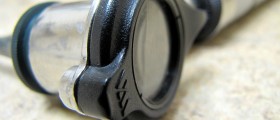

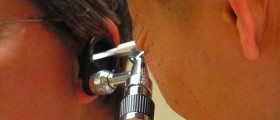



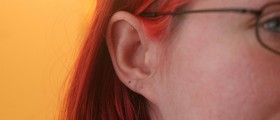



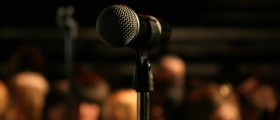




Your thoughts on this
Loading...